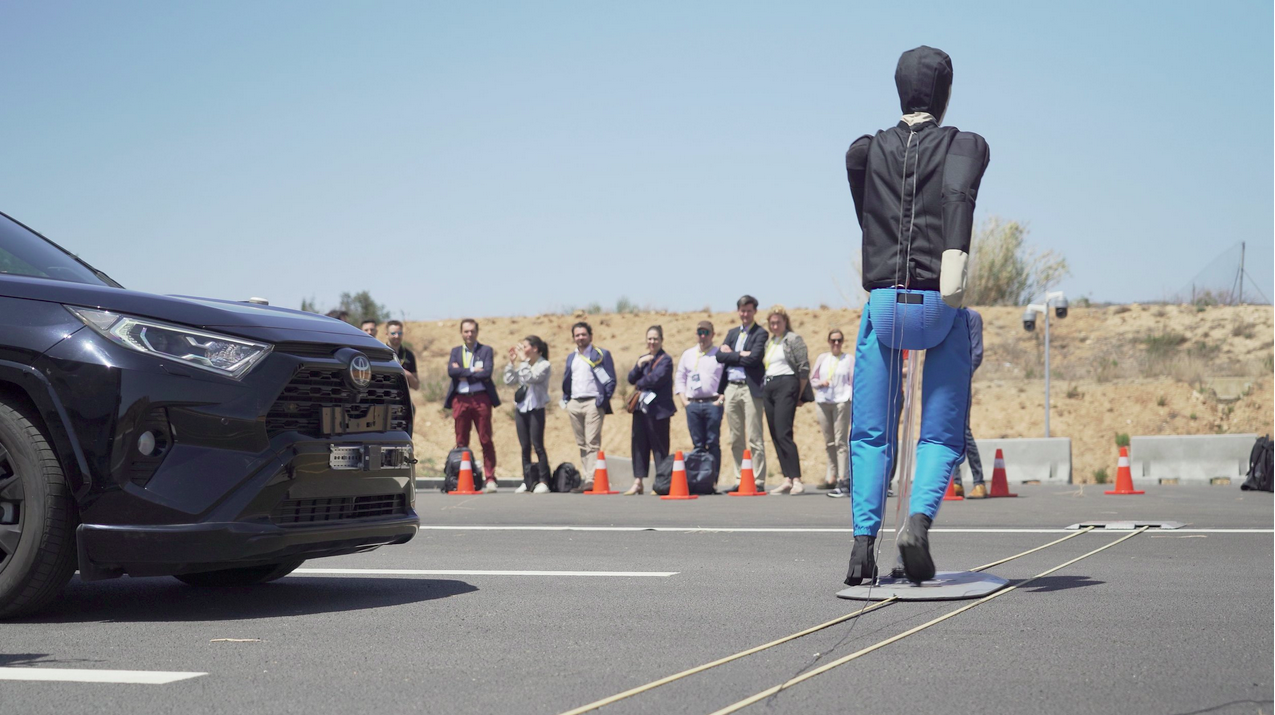SAFEUP

People
Funding
This work was supported in part by the SAFE-UP Project through the European Union’s Horizon 2020 Research and Innovation Program under Grant 861570
More LinksAbout the Project
Autonomous vehicles are expected to improve road safety and significantly benefit future mobility. Highways are generally structured environments which are designed for vehicles to consistently drive at a high speed. Most autonomous vehicles(AVs) are firstly developed for highway driving and is usually considered to be the first test bench for a transition from human-driven vehicles to high-level AVs. This however makes it essential to address driving safety and develop risk metrics which can be used to assess collision detection systems for these vehicles. This project proposes novel collision detection methods and a risk metric for highway driving applications.
One key component in safety analysis is identifying a metric capable of quantifying the risk level. Surrogate measures of safety (SMoS) are typically used as they focus on temporal events prior to the crash which can be useful in predicting their occurence. This project focuses on the development of a new SMoS termed as prediction-based probabilistic driving risk field(P-PDRF) which makes use of multi-modal trajectory predictions within a time horizon. This mainly refers to different lane change maneuvers and calculates the sum of weighted risks over each maneuver in a set of maneuver possibilities. This metric is capable of real-time applicaions and is able to classify between a crash and non-crash events. A trajectory dataset is used to validate the benefit of using this metric.
Another contribution of this project was the development of a collision detection method based on a forward reachable set (FRS). This is done using a reachability analysis (RA) which computes a complete set of states that the agent can reach based on initial conditions. This set is then compared with that of the other road users to ensure that there is no overlap. This is done using a neural-network based prediction model that can be trained to minimize vehicle position errors.
Project Demonstrations
Funding & Partners
This work was supported in part by the SAFE-UP Project through the European Union’s Horizon 2020 Research and Innovation Program under Grant 861570.
Related Publications
Reachability-based confidence-aware probabilistic collision detection in highway driving
In S.I. Safety for Intelligent and Connected Vehicles, Engineering,
2024.
Probabilistic Risk Assessment for Chance-Constrained Collision Avoidance in Uncertain Dynamic Environments
In IEEE International Conference on Robotics and Automation (ICRA),
2023.
Probabilistic risk metric for highway driving leveraging multi-modal trajectory prediction
In , IEEE Transactions on Intelligent Transportation Systems (T-ITS),
2022.
Prediction-Based Reachability Analysis for Collision Risk Assessment on Highways
In IEEE Intelligent Vehicles Symposium (IV),
2022.